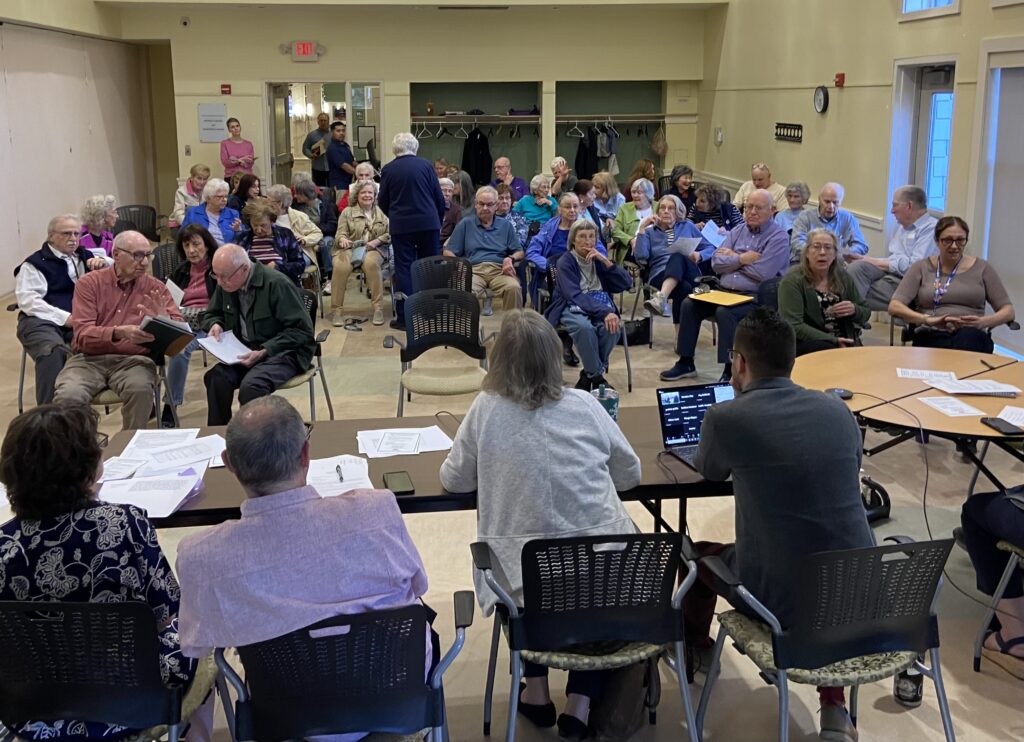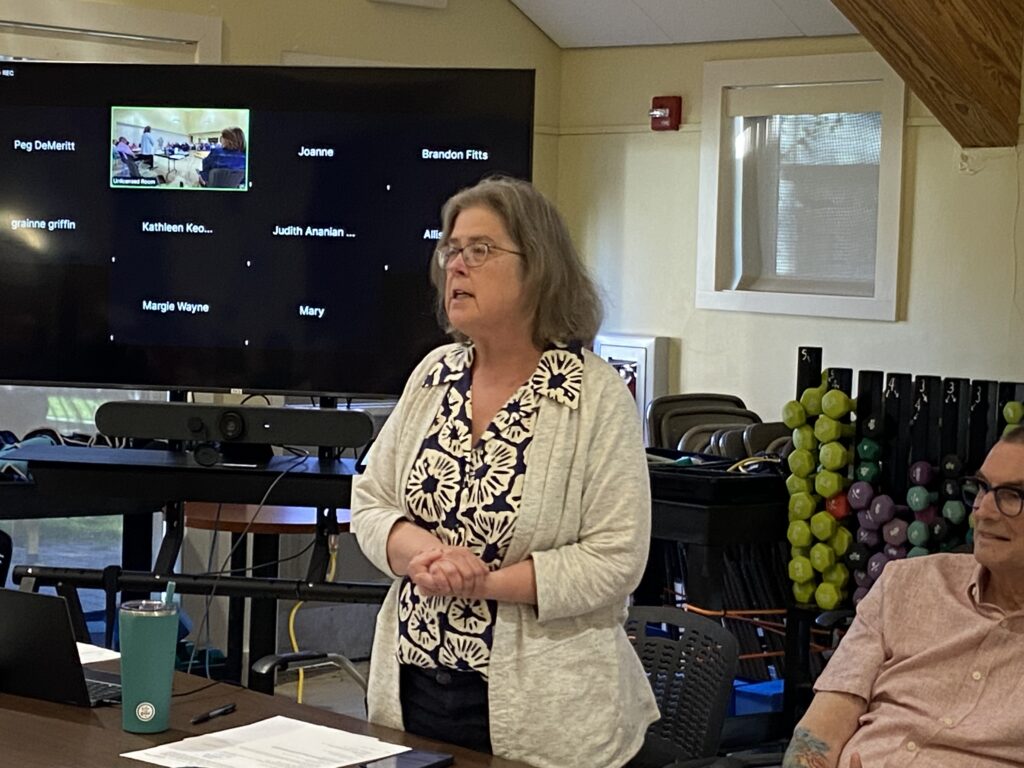Photo: Mark Paolillo returns to serve on his second Police Chief Screening Committee
The Belmont Select Board on Wednesday, Oct. 22, selected the final three seats on the 2025 Police Chief Screening Committee, to fill the position after the retirement of Chief James MacIsaac.
MacIsaac, who announced he was leaving on Aug. 7, is now the director of Campus Safety and Security at the Middlesex School in Concord, MA. Assistant Belmont Police Chief Mark Hurley was named the department’s interim head by the Select Board on Aug. 21.
The members of the Screening Committee are:
- Didier Moise, president of Belmont Against Racism and a member of the Comprehensive Plan Advisory Committee,
- Mark Paolillo, former four-term Select Board member who served on the last Police Chief screening committee in 2019,
- Roy Epstein, former two-term Select Board member,
- Patrice Garvin, Belmont Town Administrator,
- Dr. Jill Geiser, Belmont Schools Superintendent,
- Thomas Browne, current Chief of Police in Burlington,
- Mauro Lance, Formally on the Board of Directors, current member of the Foundation for Belmont Education and the YMCA of Metro North.
Some residents put in their two cents into the selection process.
Ira Morgenstern, Precinct 7, voiced his “concern” about the makeup of the [screening] committee as it ignores the problems created from the department’s “poorly handled exit” from the Civil Service system in 2024.
“I ask the Select Board review the candidates for the selection committee and get feedback from the police rank and file” before it finalize that committee,” he said. Garvin corrected Morganstern saying it was incorrect to say the removal of civil service created the level of vacancies in the department, as the last three hires under the town’s Civil Service have left, each keeping their civil service positions.
The board each were the recipiants of an old fashion “poison pen” letter – which has a rich history in Belmont politics – directed at Epstein, “impugning … his integrity and honesty.” But this old-timey spitball to influence the board was cast aside with a collective eyeroll.
“Even when I disagree with [Epstein], I’ve ended up respecting him more. I absolutely meant that as an extremely high compliment,” said Matt Taylor, board chair.
Mark Paolillo knows something about Police Chiefs: He’s the son of one, Cambridge Police Chief Anthony Paolillo, and he help hire Belmont’s most recent chief, James MacIssac, as the head of the selection committee. Paolillo gave his view on the process facing the committee and what he’ll be looking for in a candidate during the break in the second night of Special Town Meeting.
Belmontonian: What’s your expectations being part of this committee, having been a veteran of the previous one?
Paolillo: “I think we’re going to find the best candidate possible. I don’t know whether we’ve gotten direction from the Select Board as to whether it’s just internal candidates or external or both. When I was on the screening committee (in 2019), my colleagues, Adam Dash and Tom Caputo, and I established the criteria that we were looking for, the type of individual that we wanted to assume this responsibility. We agreed to look at internal candidates first, And we thought, if we don’t find those qualifications, we’ll go external. So it sounds to me as though I haven’t been told that this is both internal and external. I think that’s the right approach.”
Belmontonian: What qualities and qualifications are you looking for in a candidate?”
Paolillo: “I’m looking for someone that can do the job, similar to what Chief McIsaac did and also Chief Paul McLaughlin. I think what’s so important within our town, because it is such an activist community, is someone that reaches out to the community, listens to the concerns and has a presence in town. And particularly individuals who are empathetic to what’s taking place at a national level. We’re all against, of course, any ICE agents coming into our community and trying to do what they’ve been doing in other communities. I would hope that would be someone who would listen to our concerns about that as well.”
Belmontonian: There has been talk about low morale in the department. Will having someone who can tackle that a priority for the committee?
“I think that’s absolutely the case. I don’t know what the situation is, but if there is a morale issue, I think that’s what a new person needs to address. I’m really concerned about that. I don’t know where the new [salary and benefits] negotiations are at this time. Perhaps that’s part of the issue that’s taking place here. If it hasn’t, that needs to be settled. I think we need to address that matter. These men and women put their lives in line every day for our for our public safety, and I think we need to sort of ensure that they’re taken care of. The new chief, whoever that might be, understands that needs to be addressed.”


